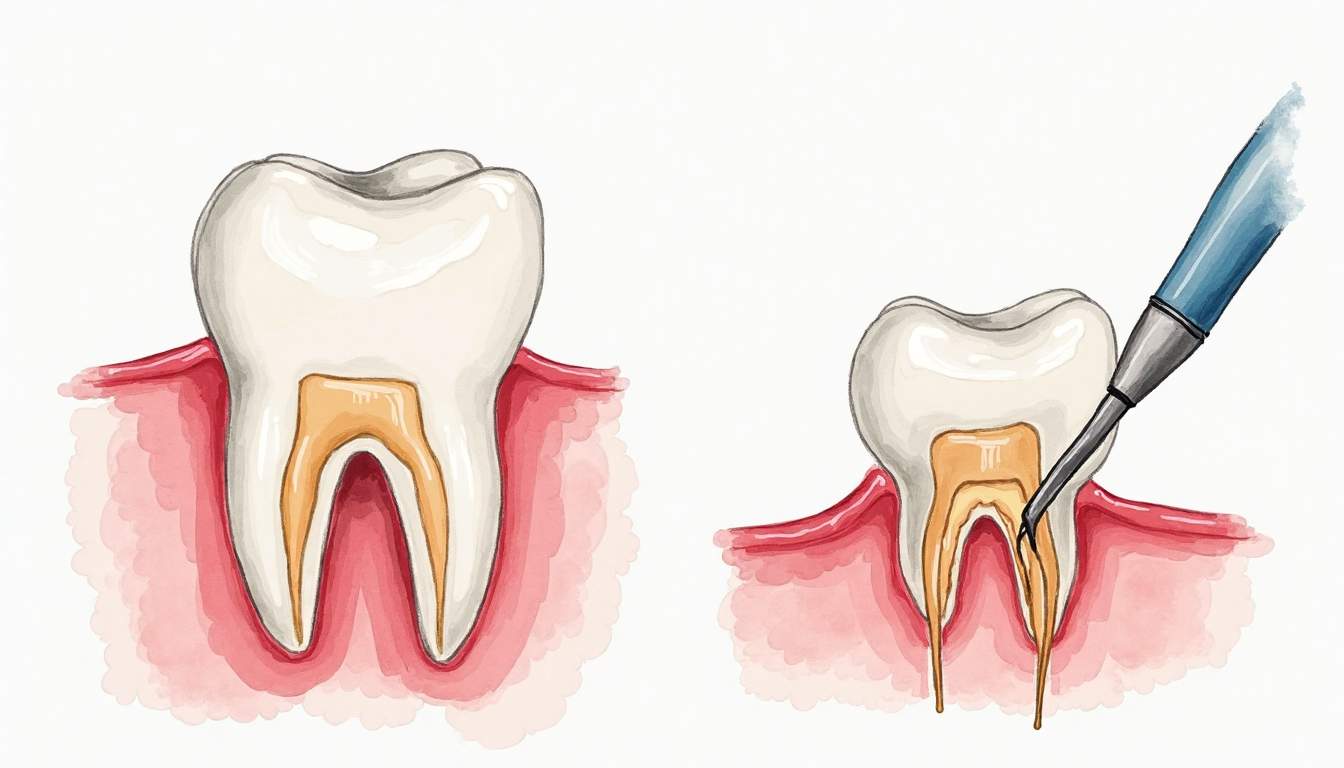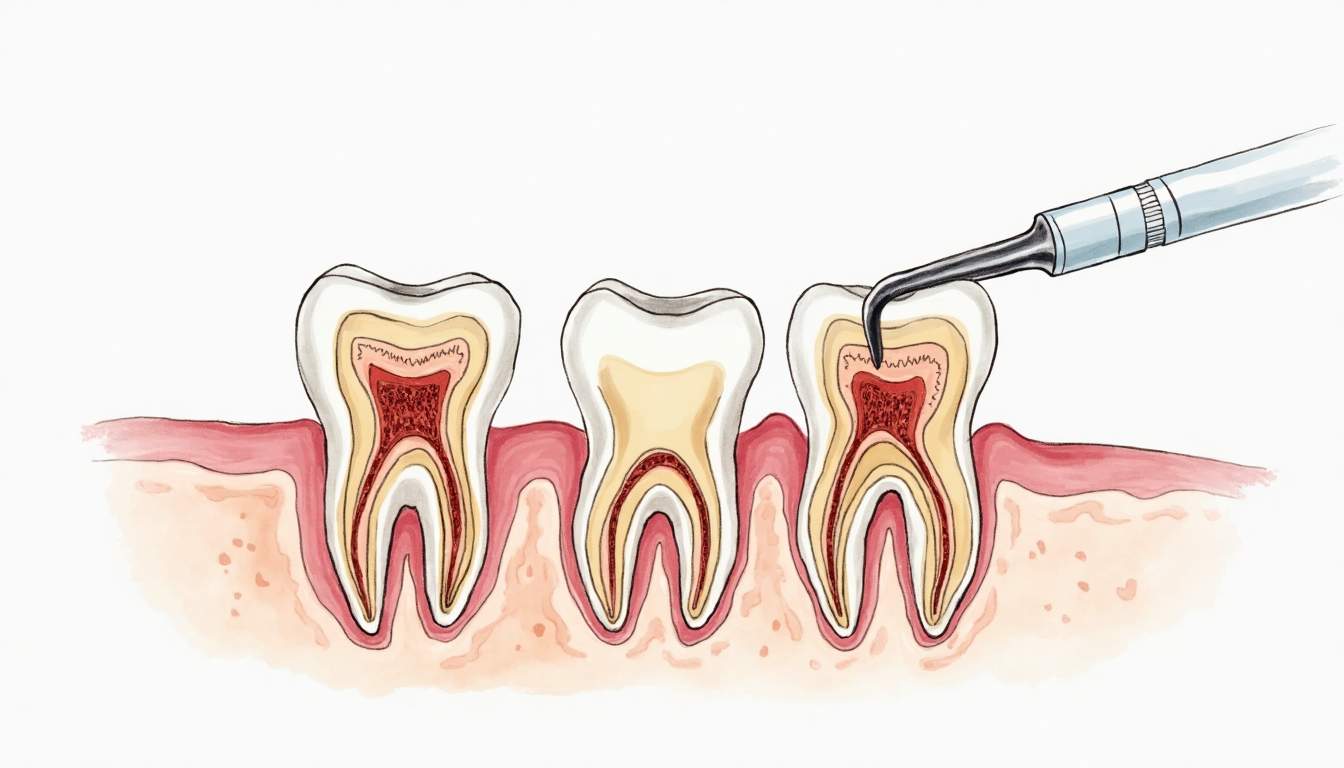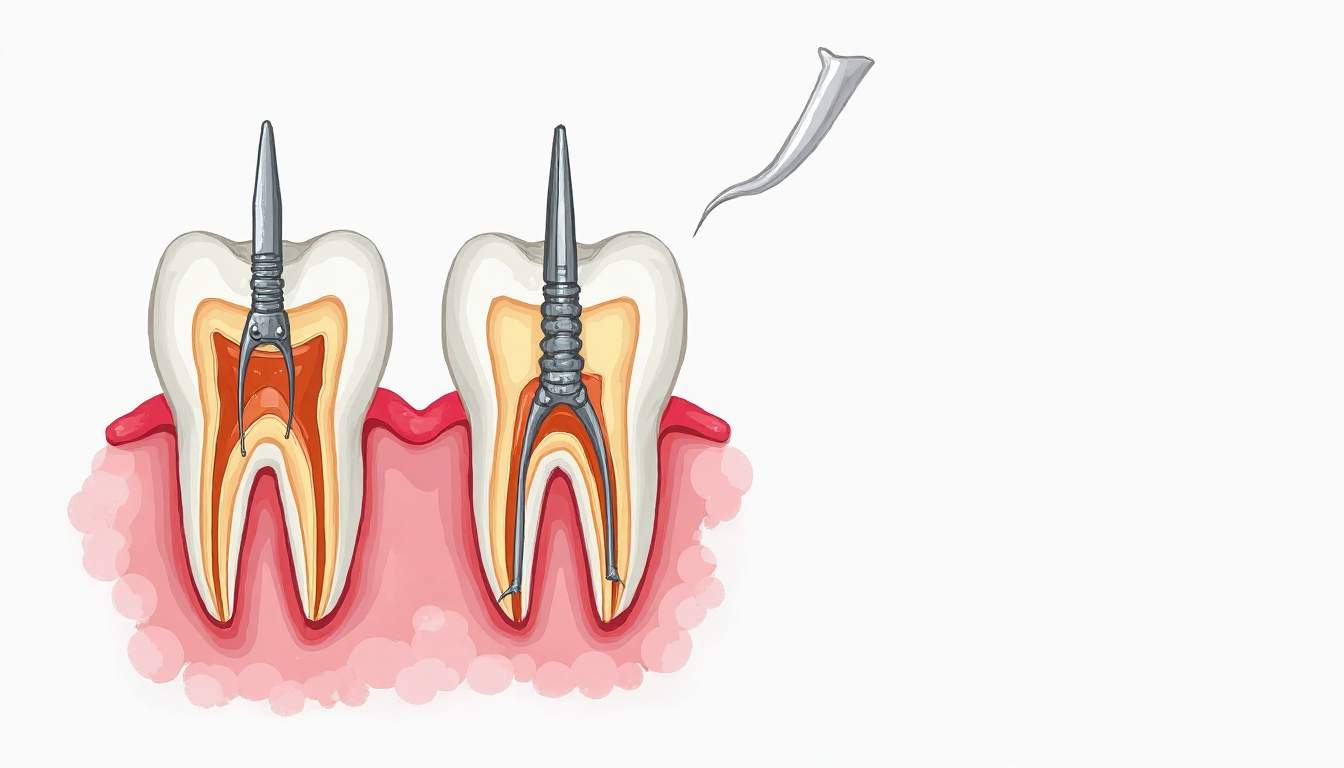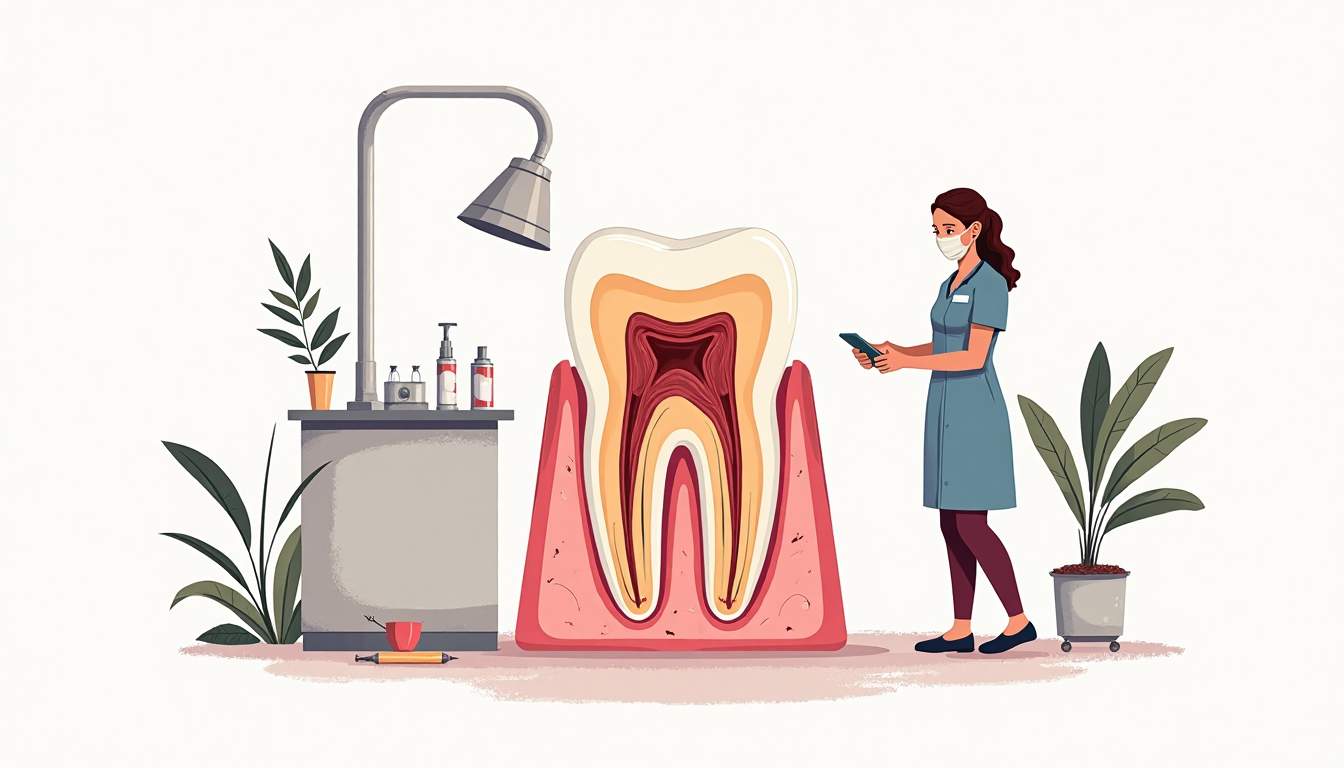
Dental health is a crucial aspect of overall well-being, and two common procedures that often come into play when dealing with tooth issues are root canal therapy and tooth extractions. In Castle Hill, residents have access to a range of dental services that cater to these needs, ensuring that they can maintain their oral health and address any problems that arise. This article will explore the intricacies of root canal therapy and tooth extractions, providing insights into when each procedure is necessary, what to expect, and the benefits of seeking professional dental care.
Understanding Root Canal Therapy
Root canal therapy is a dental procedure designed to treat infection or damage within the pulp of a tooth. The pulp is the innermost part of the tooth, containing nerves and blood vessels. When this area becomes inflamed or infected due to decay or injury, it can lead to severe pain and even tooth loss if not addressed promptly.

Signs You May Need a Root Canal
Several indicators suggest that a root canal may be necessary. Common symptoms include persistent toothache, sensitivity to hot or cold temperatures, discoloration of the tooth, and swelling in the surrounding gums. If any of these symptoms are present, it is essential to consult a dentist as soon as possible. Early intervention can often save the tooth and prevent further complications.
In addition to these symptoms, some patients may also experience a foul taste in their mouth or an unpleasant odor emanating from the affected tooth. These signs can indicate the presence of an abscess, which is a pocket of pus that forms due to infection. It’s crucial to recognize these warning signs early, as they can escalate quickly, leading to more severe health issues if left untreated. If you notice any of these symptoms, it’s essential to visit Indental Castle Hill for a professional evaluation and timely treatment.
The Root Canal Procedure
The root canal procedure typically involves several steps. First, the dentist will take X-rays to assess the condition of the tooth and surrounding bone. After numbing the area, the dentist will create an opening in the crown of the tooth to access the pulp chamber. The infected or damaged pulp is then removed, and the space is cleaned and shaped to prepare for filling.
Once the area is thoroughly cleaned, the dentist will fill it with a biocompatible material called gutta-percha to seal the space and prevent future infection. Finally, the tooth is usually restored with a crown to provide strength and protect it from further damage. The entire process can often be completed in one or two visits, depending on the complexity of the case. Patients may also be advised to follow up with their dentist for regular check-ups to ensure the tooth remains healthy and to monitor for any potential complications.
Benefits of Root Canal Therapy
Choosing root canal therapy over extraction has several advantages. First and foremost, it allows patients to keep their natural teeth, which is always preferable when possible. Retaining a natural tooth helps maintain proper alignment and function in the mouth. Additionally, root canal therapy can alleviate pain and discomfort caused by infection, leading to improved overall oral health.
Moreover, the procedure has a high success rate, with many patients reporting relief from their symptoms shortly after treatment. With proper care, a tooth that has undergone a root canal can last a lifetime, making it a worthwhile investment in dental health. Furthermore, advancements in dental technology have made root canal therapy more comfortable and efficient than ever before. Many dentists now utilize digital imaging and sedation options to enhance the patient experience, reducing anxiety and ensuring a smoother procedure.
Another significant benefit of root canal therapy is the cost-effectiveness compared to tooth extraction and subsequent replacement options, such as dental implants or bridges. While the initial cost of a root canal may seem high, it is often less expensive in the long run, as it eliminates the need for more extensive dental work later on. This financial aspect, combined with the health benefits, makes root canal therapy a compelling choice for many patients facing dental issues.
When Tooth Extractions Are Necessary
While root canal therapy aims to save a tooth, there are circumstances where extraction may be the best option. Tooth extractions involve the complete removal of a tooth from its socket in the bone. This procedure is often necessary when a tooth is severely decayed, damaged beyond repair, or poses a risk to surrounding teeth.
Common Reasons for Tooth Extractions
Several factors can lead to the need for tooth extractions. One of the most common reasons is advanced tooth decay, which can compromise the structural integrity of a tooth. In some cases, a tooth that has undergone multiple root canal treatments may still fail, necessitating extraction.
Another common scenario is when wisdom teeth become impacted. These third molars often do not have enough space to emerge properly, leading to pain, infection, and potential damage to adjacent teeth. In such cases, extraction is often recommended to alleviate these issues.
The Tooth Extraction Process
The tooth extraction process varies depending on whether the tooth is visible above the gum line or impacted beneath it. For a simple extraction, the dentist will numb the area and use specialized instruments to loosen the tooth before removing it. This procedure is typically quick and straightforward.
In contrast, surgical extractions may be required for impacted teeth. This involves making an incision in the gum tissue to access the tooth. The dentist may need to break the tooth into smaller pieces for easier removal. After the extraction, patients may require stitches to close the incision site.
Aftercare and Recovery
Post-extraction care is crucial for a smooth recovery. Patients are usually advised to rest and avoid strenuous activities for at least 24 hours. Applying ice packs to the outside of the face can help reduce swelling and discomfort. Pain medication may be prescribed to manage any post-operative pain.
It’s essential to follow the dentist’s instructions regarding diet and oral hygiene during the recovery period. Soft foods are often recommended in the initial days following the extraction, and patients should avoid using straws, as the suction can dislodge blood clots necessary for healing.
Comparing Root Canal Therapy and Tooth Extractions
When faced with dental issues, patients often find themselves weighing the options between root canal therapy and tooth extraction. Each procedure has its advantages and disadvantages, and the choice largely depends on the specific circumstances surrounding the tooth in question.

Preservation vs. Removal
Root canal therapy focuses on preserving the natural tooth, which is beneficial for maintaining oral function and aesthetics. Keeping a natural tooth helps prevent shifting of adjacent teeth and maintains the integrity of the jawbone. In contrast, tooth extraction removes the problem entirely but may lead to complications such as shifting teeth and bone loss over time.
Cost Considerations
Cost is another factor that often influences the decision. Root canal therapy can be more expensive upfront due to the complexity of the procedure and the need for follow-up treatments such as crowns. However, the long-term costs of extraction can add up, especially if additional procedures like implants or bridges are needed to replace the missing tooth.
Long-Term Outcomes
In terms of long-term outcomes, root canal therapy generally offers a better prognosis for maintaining dental health. With proper care, a treated tooth can last for many years, while an extracted tooth may require further interventions to restore functionality and aesthetics. Ultimately, the decision should be made in consultation with a qualified dental professional who can assess the individual situation and provide tailored recommendations.
The Importance of Professional Dental Care
Regardless of whether root canal therapy or tooth extraction is required, seeking professional dental care is paramount. Dentists in Castle Hill are equipped with the knowledge, skills, and technology to provide high-quality treatment tailored to each patient’s needs.

Choosing the Right Dentist
When selecting a dentist for root canal therapy or tooth extraction, it is essential to consider their experience and qualifications. Look for a dentist who specializes in endodontics (the field focused on root canals) for the best outcomes. Reading reviews and seeking recommendations from friends or family can also help in finding a trusted dental professional.
Regular Check-Ups and Preventive Care
Regular dental check-ups play a critical role in preventing the need for more invasive procedures like root canals or extractions. During routine visits, dentists can identify early signs of decay or infection, allowing for timely intervention. Preventive care, including professional cleanings and fluoride treatments, can significantly reduce the risk of dental problems.
Education and Awareness
Educating oneself about dental health is also vital. Understanding the signs of dental issues and knowing when to seek help can make a significant difference in outcomes. Patients should feel empowered to ask questions and discuss their concerns with their dentist, ensuring they are fully informed about their treatment options.
Conclusion
Root canal therapy and tooth extractions are two essential procedures in the realm of dental care, each serving a specific purpose in maintaining oral health. While root canal therapy aims to save a tooth and alleviate pain, tooth extractions are sometimes necessary to prevent further complications. In Castle Hill, residents have access to skilled dental professionals who can guide them through these processes, ensuring they receive the best care possible.
Ultimately, prioritizing dental health through regular check-ups, preventive care, and timely treatment can lead to a healthier, more confident smile. Whether considering a root canal or facing the possibility of an extraction, seeking professional advice is the best course of action for anyone concerned about their dental health.